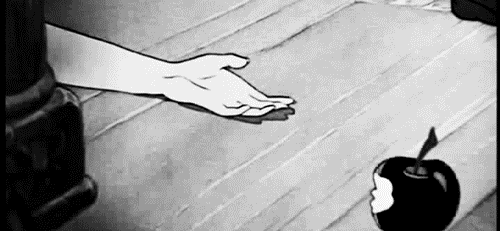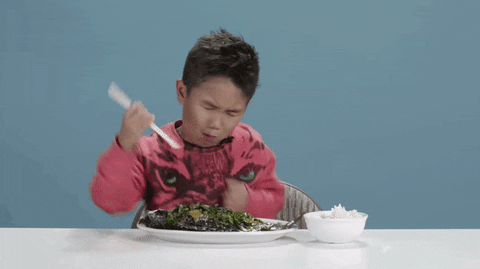Thực phẩm này từ Trung Cộng đang đặt ra một số câu hỏi lớn.

Andy

1. Cod: Believe it or not, this common fish is among the absolute worst foods to ingest from China. Thousands are cramped in small areas teeming with sewage and garbage, making them highly toxic.

2. Eggs: If you get eggs that were imported from China, you might want to think twice before scrambling them up. Factories there use calcium carbonate and paraffin in their eggs, which can cause serious food poisoning.

3. Lamb: In 2013, police arrested 900 people in China because they were pawning off rat meat like lamb, and that’s disgusting. Officers seized about 20,000 pounds of spoiled rat meat, as well!

4. Wine: If you consider yourself a wine connoisseur, you’ll probably want to avoid wine that was “Made in China”. Sure, you’ll find your standard grapes, but you’ll also consume sugar, dyes, and artificial flavors. Cheers!

5. Tea: Even though China is the biggest purveyor of tea throughout the world, close to29 toxic chemicals have been found in various brands. Luckily, none of them were exported to other countries, but still…

6. Industrial salt: For years, industrial salt has been sold throughout China as table salt. However, this type of sodium is not meant for human consumption; it can cause hypothyroid problems and reproductive system disorders.

7. Watermelon: Many of the watermelons exported from China are covered in a highly harmful pesticide that causes them to grow at rapid rates. Buy your produce locally to avoid getting sick.

8. Tilapia: Much like the factory-farmed cod, these fish are placed into small overcrowded areas where the water is full of toxic chemicals. The fish breathe in the chemicals and then end up on your dinner plate.

9. Rice noodles: The Chinese sure love their noodles, but you should probably try to avoid imported rice noodles. Some factories use sulfur dioxide to make their noodlesappear fresh. This chemical has been linked to cancer.

10. Pork: Some people prefer beef over pork, but in China, beef is about twice as expensive. So what does a company do to counter the problem? They pump borax-filled additives into their pork to make it look like beef!

11. Garlic: Chinese garlic farms are known to be coated in chemical products before the garlic is picked and shipped to stores. If you ever eat Canadian garlic and then Chinese garlic, you can instantly taste the difference.

12. Mushrooms: When food inspectors examine mushrooms coming in from China, they often find tainted batches. Some companies will even label their product “organic” just to increase sales.

13. Plastic rice: Nearly every meal in China is eaten with rice, so you’d think they would ensure it was safe, right? Nope. It turns out many factories add a cancer-causing synthetic resin to their rice. Gross!

14. Milk: Melanin is a chemical that causes serious damage to kidneys, and it’s been found in imported milk. The problem is so bad that six children have died over recent years and 300,000 have gotten very ill.

15. Apple juice: Amazingly, 50 percent of the apple juice sold in the United States comes out of China. This is scary since the number of pesticides sprayed on the fruit prior to processing is at an all-time high. Stick to water, instead!

16. Cabbage: During the super high temperatures of the summer months, Chinese farmers will spray a highly toxic formalin solution onto cabbage to keep them looking fresh. Best not to dabble.

17. Peas: Wasn’t it John Lennon who said, “Give peas a chance”? Well, you don’t want to give canned peas from China a chance. In 2005, food inspectors found artificially colored fake peas in thousands of cans.

18. Black pepper: You might have heard of the “famous” Chinese black pepper, but if you ever get a chance to try it, you might want to pass. Some people are simply selling hardened mud pellets!

19. Oil: A massive food company in China made the disgusting decision to recycle usedolive oil from thousands of restaurants, filter it, and then resell it. Oil vey!

20. Chicken: Avian influenza and other food-borne illnesses are prevalent in China, so when it comes to imported chicken, you might want to walk in the other direction. It’s never the right time to get salmonella.

Andy ST

Không có nhận xét nào:
Đăng nhận xét